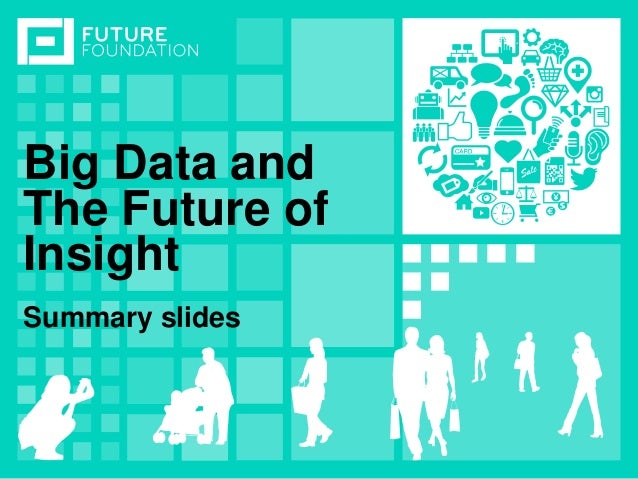Like Comment Share Interact Disqus Delicious Instagram LinkedIn Googe+ YouTube MySpace Press Stumble Tumblr Pinterest

Skill takes time to build. Talent takes time to nurture. So if you want to perform better right now, there's only one way: Feel more confident. Everyone's been there. We don't need research to confirm the more confident we feel the better we perform.
Of course actually finding that dose of confidence, especially when we need it most, is the real trick.
I've written about the best way to be more confident and ways to get a quick jolt of confidence. (
As well as some ways to use body positions and gestures to improve performance.)
And that's why I love this guest post from Christina DesMarais, a writer for Inc.com, Forbes, PCWorld, and the Minneapolis Tribune.
Here's Christina:
Whether you have to give a speech, need to negotiate with someone, want to find a mate, or simply get ahead in life, confidence is your best friend. If you're lacking in that regard, here's how to change your thinking or in the very least make it appear as if you're comfortable in your own skin.
1. Don't slouch.
Regardless of your confidence level, slouching communicates you lack faith in yourself.
Try posting a note on the edge of your computer display with a reminder such as an up arrow in thick red marker or the words "SIT UP STRAIGHT". To correct yourself, roll your shoulders back and imagine someone just pulled a string from the top of your head, elongating your spine and raising your chin so it's in a neutral, forward-facing position.
If you're really serious about improving your posture you could try LumoBack. It's a $150 sensor you strap around your lower back under your clothes. Every time you slouch it vibrates to remind you to straighten up. The LumoBack app, which works on newer iOS devices, reports on how well you're doing, as well as other activities, such as steps taken, how much time you spend sitting and how many times you stood up in a day.
2. Understand that most people aren't thinking about you.
Self-conscious people worry too much about what others think about them. The thing is, usually other people aren't thinking about them--at all.
Imagine you had the magical power to read the thoughts of the people around you. You know what you'd hear a lot of? Stuff like this:
Crap, I forgot to stop by the bank... I shouldn't have eaten that cake Susan brought to work, now I feel fat... I hope Sara flirts with me again tonight at volleyball like she did last week... Why should I have to clean the downstairs bathroom when Bill is the only one in the house who uses it?
Notice how many times "I" might pop up? Humans are remarkably self-absorbed.
3. Nix negative self-talk.
If "diffident" describes you well, there's a good chance you're an over-thinker with a lot of negative self-talk rolling around in your head.
Pay attention to what you're saying to yourself. Every time you think something like "I can't do this" replace it with something positive such as "I'm going to give it my best shot." The key is to step out of yourself and look at your self-talk as an outsider. How would it make you feel to hear someone sitting next to you say "I'm so [fat, dumb, ugly, slow, etc.]?" Pretty harsh, right?
Nurture yourself within your thought life, just as you might with someone else.
4. Lighten up.
Some people are naturally more serious than others. If this is you, learn to smile and laugh more. Even a simple grin will suffice to entice others to want to be around you.
To make smiling a habit, set a time when you'll practice doing it for several minutes straight--maybe in the car on your way to work. It will seem weird, but after a while smiling will come more naturally. Studies have also shown that forcing yourself to smile is good for your health, as well.
Need help laughing? America's Funniest Home videos work wonders for me, and can easily be streamed online for free. Or why not plug some headphones into your computer and get happy during your lunch break with a comedy channel on YouTube? Or use the "funny" filter at Ted.com to watch TED Talks that will get you giggling.
5. Handle mistakes with grace.
How you handle slip-ups is also important. Confident people understand no one is perfectand however you just screwed up, it's probably not the end of the world.
Ask yourself: How important will this mistake seem in three months?
If whatever you did involves your work output, acknowledge your flub and vow to do better next time. If your "mistake" is only that you said something stupid or tripped over a box in the storage room landing in a mess on the floor, try laughing it off. It's the most gracious way to handle a blunder.
6. Get feedback.
Toastmasters Internationalis the classic confidence builder. It's a speaking club to which nearly 300,000 people since 1924 have turned to develop their skills, get great feedback, and learn how to be more comfortable in front of an audience.
Membership is only around $36 every six months and there are approximately 14,500 clubs across the United States.
Like Comment Share Interact in a Social Way
 BY: JEFF HADEN
Send Me A Message
Like Comment Share Interact Disqus Delicious Instagram LinkedIn Googe+ YouTube MySpace Press Stumble Tumblr Pinterest
BY: JEFF HADEN
Send Me A Message
Like Comment Share Interact Disqus Delicious Instagram LinkedIn Googe+ YouTube MySpace Press Stumble Tumblr Pinterest






























